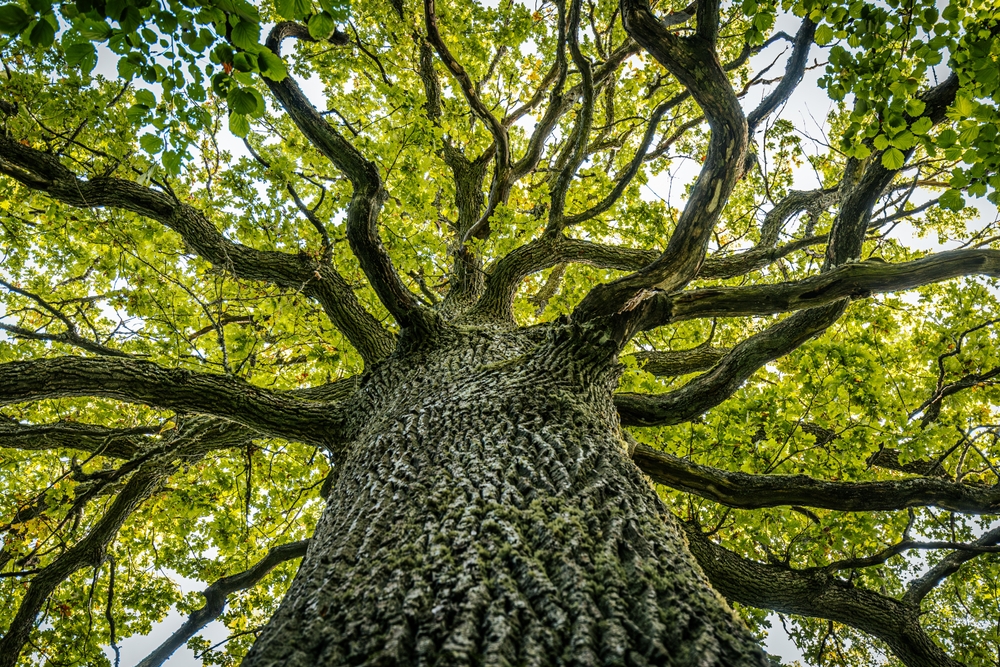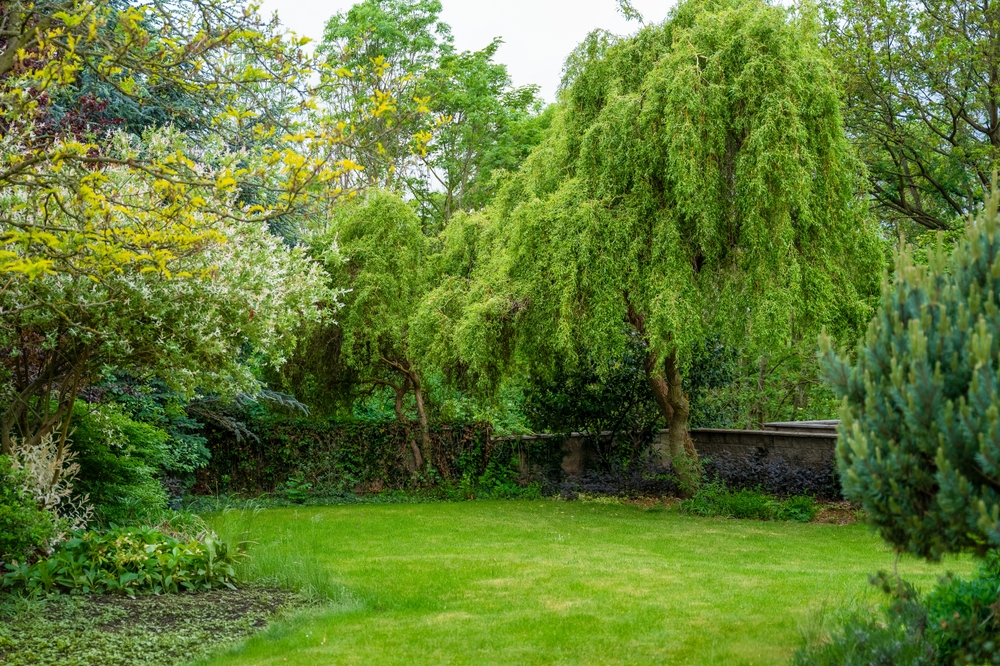Tree preservation is more important now than ever before. In our rapidly changing environment, trees play a crucial role in supporting biodiversity, improving air quality, and enhancing the character of our landscapes.
Beyond the environmental benefits, many trees also hold deep cultural, historical, and emotional significance, making their protection a community issue as much as an ecological one. One of the clearest and most heartbreaking examples in recent years is the felling of the Sycamore Gap tree, a well-loved natural landmark in Northumberland. Its destruction sparked national outrage and drew attention to the urgent need for stronger tree preservation laws. In this blog, we explore what happened, what legal protections currently exist, and what steps we can take as homeowners, landowners, and professionals to protect the trees that matter most.

What Happened to the Sycamore Gap Tree?
The Sycamore Gap tree was one of the most photographed trees in the United Kingdom. Positioned beside Hadrian’s Wall, it stood proudly for hundreds of years and appeared in film and television. It was more than just a tree — a symbol of the northern landscape and an anchor for local and national identity. When it was illegally cut down in 2023, the shock reverberated across the country. The incident became a powerful case study in how easily an irreplaceable part of our natural and cultural heritage can be lost in a single act of destruction. In the aftermath, thousands of people called for new legal measures to protect trees with special historical or community value.
A Tree Preservation Order (TPO) is a legal tool UK local authorities use to protect individual trees, groups of trees, or woodlands that offer public amenity value. Once a TPO is in place, it becomes illegal to cut down, prune, uproot, damage, or destroy the tree without written consent from the local council. These orders are often applied to highly visible, structurally sound trees and considered important to the area’s character. They are not limited to ancient or rare species, even a young tree can be protected if it contributes significantly to the local environment or streetscape. The penalties for unauthorised work on a protected tree are severe. Fines can reach up to £20,000 per offence in magistrates’ court and can be unlimited if the case proceeds to crown court.

To find out whether a TPO covers a tree, the best approach is to contact your local council’s planning or tree officer. Many councils also provide online maps where residents can search by postcode. It’s important to remember that even if a TPO does not protect a tree, it could still be safeguarded if it lies within a designated conservation area. Any work on trees in such areas also requires permission; failing to obtain it can result in legal consequences. Before instructing any tree surgery work, always confirm the protection status. A good tree surgeon will do this on your behalf.

Following the public reaction to the Sycamore Gap tragedy, the UK government began reviewing policies around tree protection. Conservation groups have urged the introduction of a formal “heritage tree” register, which would grant automatic protection to trees of significant cultural or historical value. In April 2025, a government report acknowledged the need for change and proposed stronger national protections, potentially including new legislation. While these policies are still under review, they signal a shift in how we view trees, not just as part of the scenery, but as assets that deserve the same respect and safeguarding as historic buildings or monuments. In the meantime, many councils are stepping up efforts to enforce existing TPOs and educate the public on responsible tree care.
How Can You Support Tree Preservation?
Whether you’re a homeowner, tenant, developer, or land manager, there are many ways to support the preservation of valuable trees. If you suspect work is being done illegally, report it to your local council’s planning department. If you know of a tree that deserves recognition or is under threat, request a TPO to protect it. When you need tree care, always hire a qualified and insured surgeon who understands the relevant legislation and follows best practices. Avoid felling trees unless absolutely necessary. Alternatives like crown reduction or thinning can often solve issues without removal. You can also support tree planting schemes in your local area, help restore woodlands, and raise awareness about the importance of responsible tree management.

Choose a Tree Surgery Company That Cares
Here at Beechwood Tree Services, we understand the importance of preserving trees. We don’t just carry out work — we offer expert advice, conduct proper checks, and act in the best interest of your trees and your property. Whether it’s routine pruning, emergency removals, or professional advice on TPOs, we carry out every job with respect for the natural world and full compliance with UK law. Tree care should never be rushed, and tree felling should never be taken lightly.
At Beechwood Tree Services, we’re here to help with all aspects of tree care. From expert pruning and tree removals to professional advice on Tree Preservation Orders and legal compliance. If you’re concerned about a protected tree, need a tree inspected, or simply want to keep your garden in great shape, our friendly team is just a call or click away. Stay connected and follow us for updates, tree care tips, and real-time project highlights.
Contact us
Quick links
Tree Surgeon Banstead | Tree Surgeon Brockham | Tree Surgeon Capel | Tree Surgeon Cobham | Tree Surgeon Dorking | Tree Surgeon Horsham | Tree Surgeon Leigh | Tree Surgeon Reigate | Tree Surgeon Surrey | Tree Surgeon Westcott | Tree Surgeon Weybridge
© Copyright 2022 Beechwood Tree Services. All Rights Reserved. | Designed By Media & More